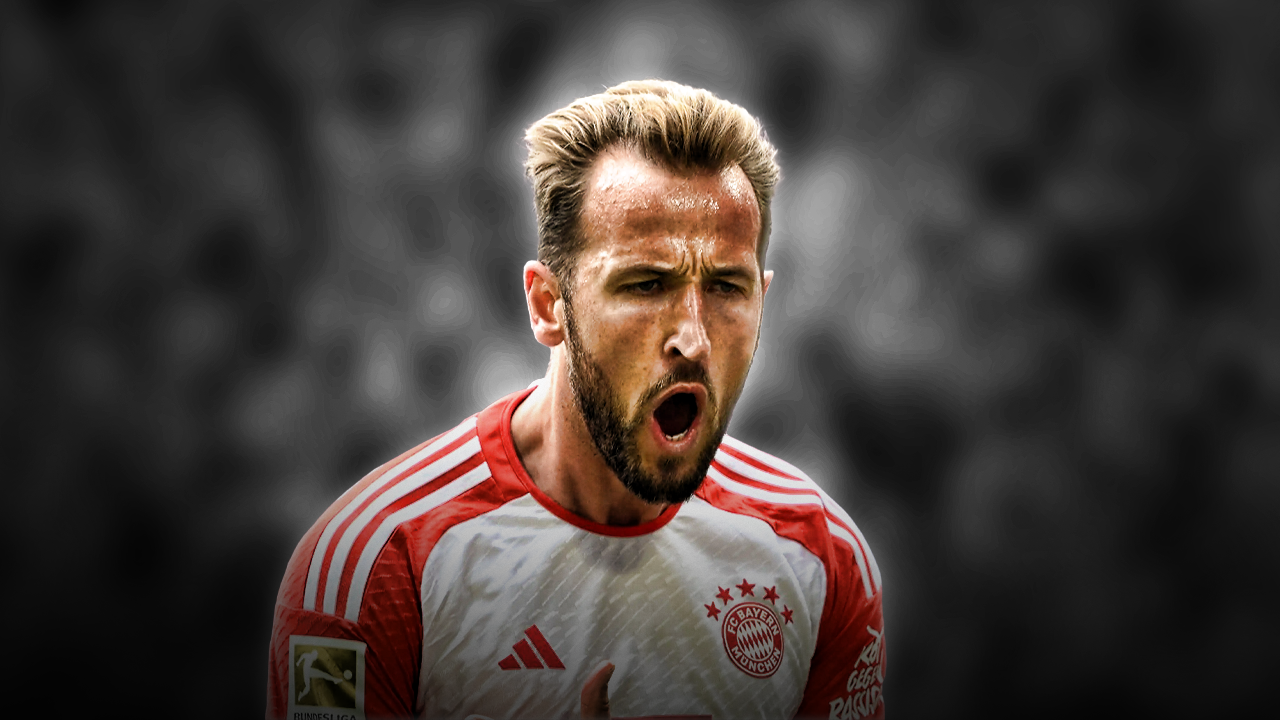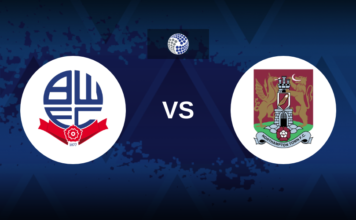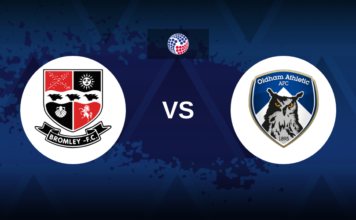Despite their value, elite footballers today face limited transfer opportunities—trapped by inflated markets, timing misalignments, and a shrinking pool of suitable clubs.
Conventional wisdom says that the better a footballer is, the more options they should have. But in the modern era—defined by financial superclubs, regulatory complexities, and competitive imbalance—the reality is strikingly different. Today, the very best footballers in the world often face fewer choices when deciding their next move, not more.
According to basic economics, the rarest commodities should be the most in demand. In football, that would mean that when a top-tier player becomes available, clubs from different countries and systems should compete for their signature. The player, as the scarce asset, should enjoy the luxury of choosing where to go based on style, coach, ambition, and lifestyle. But this isn’t how the market works anymore.
Instead, the football transfer landscape has become a narrow funnel—one that even the sport’s most elite figures struggle to navigate. The space at the top of the game has contracted to a handful of clubs that can realistically afford and accommodate world-class talent. Take Harry Kane in 2023: arguably the world’s most complete striker, yet when he made it clear he wanted to leave Tottenham, only one real option emerged—Bayern Munich.
While Bayern is a storied and successful club, the timing of Kane’s arrival was far from ideal. The team was in flux, undergoing boardroom changes, and approaching the end of a successful cycle. Kane left behind instability in North London only to encounter a different version of it in Munich. And yet, despite these caveats, the lack of alternatives made the choice straightforward.
Why was that the case? There are several overlapping reasons.
Financial Inequality
Very few clubs today have the financial muscle to sign a truly elite player. Serie A has been hobbled by financial struggles, worsened by the repeal of Italy’s “growth decree,” which had provided tax incentives for foreign high-earners. La Liga is hampered by strict financial controls, with Barcelona’s debt-laden situation being the most visible example. Paris Saint-Germain, while rich, already had their star in Kylian Mbappé and remain less attractive due to the relatively low profile of Ligue 1.
In England, competition is fierce, but opportunities are still limited. Chelsea and Arsenal were never going to negotiate with Spurs due to historic rivalries. Manchester City didn’t need Kane, already having Erling Haaland. Manchester United were hamstrung by the Premier League’s Profit and Sustainability Rules. The result: a transfer market where elite players are too expensive for most and strategically blocked from joining many others.
Timing and Tactical Fit
Even if a club can afford a star player, space in the starting lineup may not exist. Major transfers often depend on a vacancy opening up—someone leaving, a new tactical vision, or a shift in squad dynamics. At the top level, these shifts are rare and tightly managed. There’s also the issue of fit: elite players don’t want to sit on the bench or be played out of position, so even fewer clubs become viable.
Fewer Top-Level Destinations
The top table of European football has become an increasingly exclusive club. Wealth, prestige, and elite coaching have become concentrated in just a few countries, mainly England and Spain. This clustering means the potential for career-defining moves has shrunk dramatically, and domestic rivalries or tactical redundancies make internal transfers even harder.
Risk of Misalignment
The consequence? A growing number of high-profile transfers that seem less than ideal—moves driven by necessity more than opportunity. Romelu Lukaku to Chelsea, Jadon Sancho to Manchester United, Neymar’s exit from PSG, and Cristiano Ronaldo’s move to Saudi Arabia are all examples of elite talent being squeezed into suboptimal scenarios.
For every transfer that works—like Jude Bellingham to Real Madrid—there are many that don’t, either because of a lack of game time, tactical mismatches, diminished status, or simply arriving at the wrong time.
Even Kylian Mbappé, perhaps the most coveted player in the world, faces this issue. When he eventually moves to Real Madrid, he’ll be stepping into a team built around Vinícius Júnior—another world-class player who thrives on the left wing. Mbappé may adapt, and success is likely, but the fact that even he must compromise says a lot about today’s game.
Conclusion
In a strange twist of modern football, the greater a player’s value, the fewer the paths available to them. As football economics become more extreme, and the room at the top narrows, elite talent is increasingly boxed into predetermined moves. What should be a buyer’s market for clubs has, in practice, become a seller’s maze for players—one where prestige, promise, and timing don’t always align.
The irony is striking: in the richest era of football’s history, with unprecedented global interest and player valuation, it’s never been harder for the best players to find the right move.







